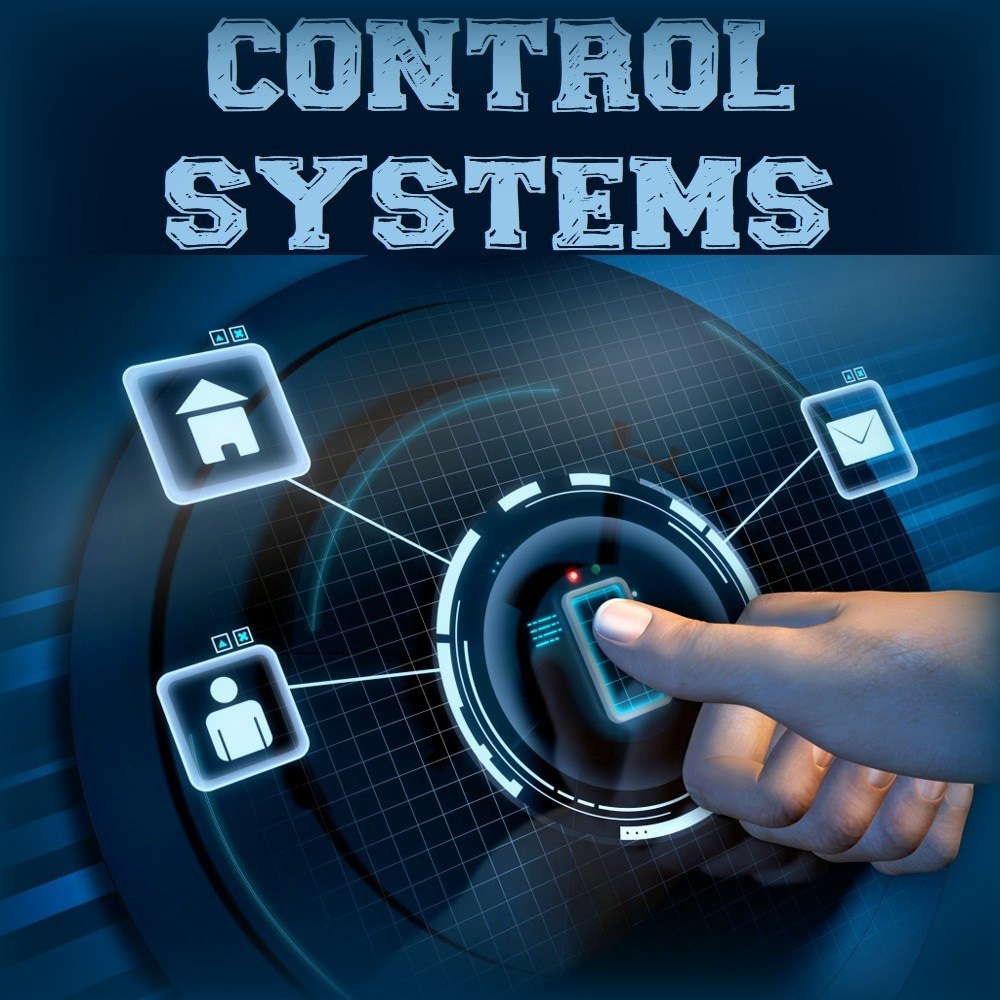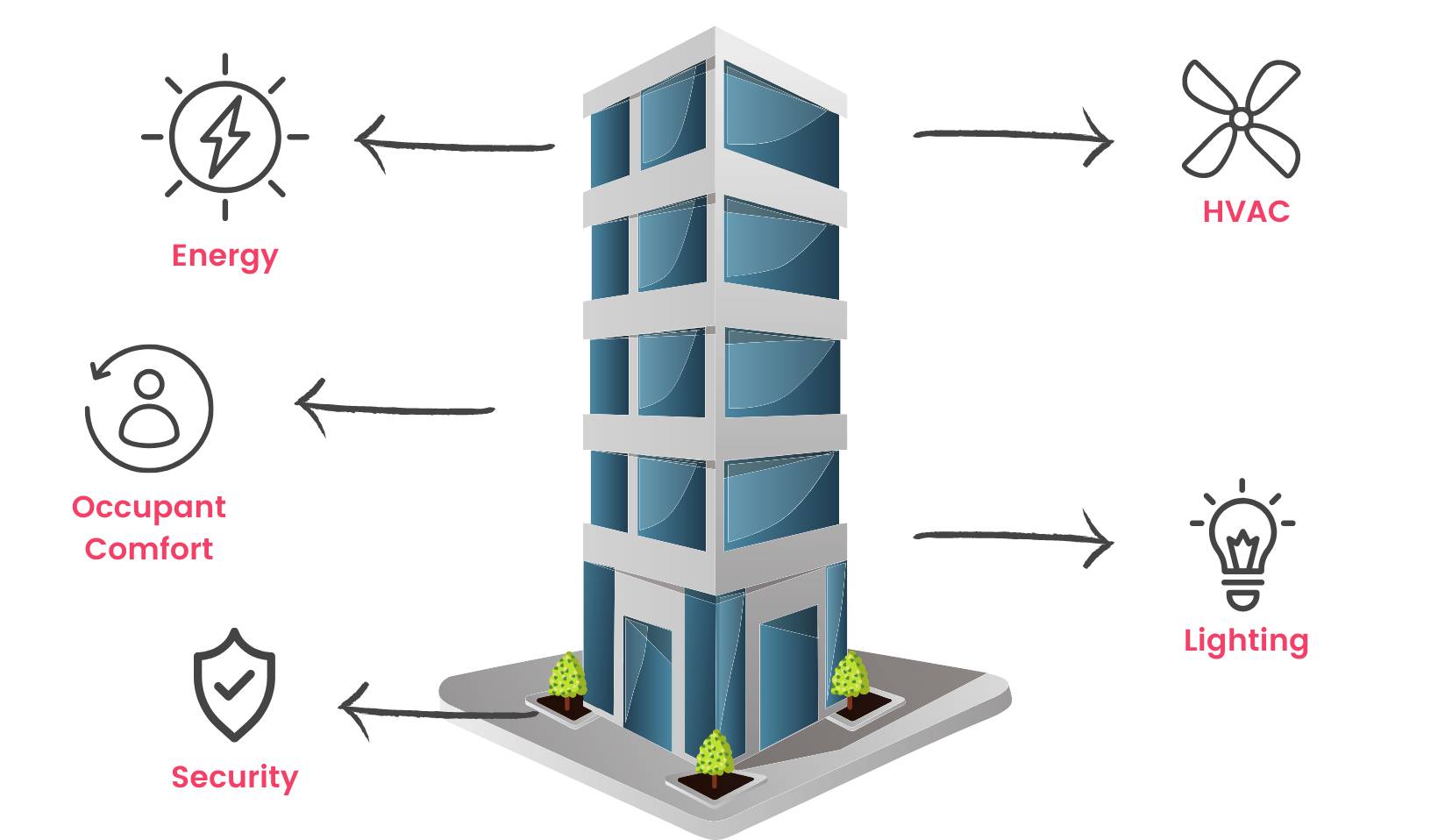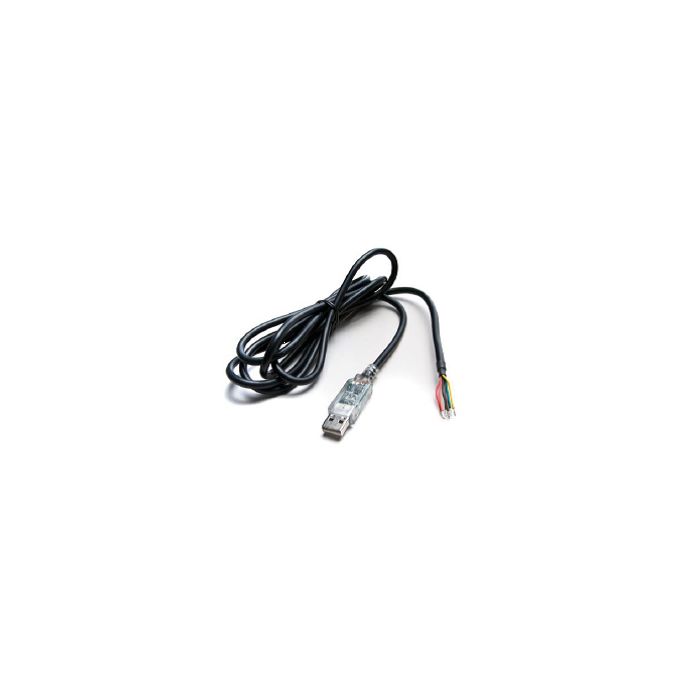Control engineering: The art of system control
Published

Fundamentals of control engineering
Control engineering is a fundamental field of engineering that deals with the control of systems and processes. At its core, it is about influencing the performance and behavior of a system so that it achieves the desired goals. The fundamentals of control engineering begin with an understanding of feedback loops, which make it possible to measure the actual state of a system, compare it with the desired state and take corrective action on this basis. A key concept in control engineering is the controller, which takes control of the system. This can take the form of a simple single-point controller such as the proportional-integral-derivative (PID) controller or more complex forms such as model predictive control (MPC) or fuzzy logic control. The choice of the right controller depends on the specific requirements of the application. Another fundamental concept is the transfer function, which describes the relationship between the input and output of a system. This mathematical representation allows engineers to create models to predict the behavior of a system and design controllers to influence that behavior. Control engineering has applications in a wide range of areas, including the automation of manufacturing processes, the control of aircraft and spacecraft, the control of heating, ventilation and air conditioning systems in buildings, and the control of traffic lights and transportation systems. Overall, the fundamentals of control engineering form the basis for the development of advanced control systems that help to ensure the efficiency, reliability and safety of complex technical systems.
Control systems and their applications
Control systems are widely used in a variety of applications and play a central role in the control and optimization of processes and systems. These systems consist of a controller that collects information about the current state of a system, compares it with a desired target and then performs the necessary actions to adjust the system. A classic example is controlling the temperature in a room: a thermostat measures the current room temperature, compares it with the desired target temperature and activates or deactivates the heating or air conditioning to maintain the desired temperature. In industrial automation, control systems are used in manufacturing processes to control parameters such as pressure, flow, temperature and position. In the aerospace industry, they are used in airplanes and spacecraft to control flight path and stability. In building technology, they are used to control heating, ventilation and air conditioning systems in order to optimize comfort and energy efficiency. In transportation, they control traffic lights, traffic lights and traffic systems to regulate the flow of traffic and avoid traffic jams. The applications of control systems extend across almost all technical areas. They are crucial for stabilizing processes, improving quality, increasing energy efficiency and ensuring safety. Modern control systems often use advanced technologies such as machine learning and artificial intelligence to handle complex tasks and further improve performance. In a constantly evolving technological world, control systems are essential to keep the efficiency and performance of systems and processes at a high level.
PID controller: A key tool in control engineering
The PID controller, which stands for proportional-integral-derivative controller, is one of the most important tools in control engineering and is used in numerous applications. This control system consists of three main components: the proportional, the integral and the derivative term. Each of these terms helps to control the behavior of the system in relation to the setpoint. The proportional term reacts proportionally to the deviation between the actual value and the setpoint and generates an immediate response. The greater the deviation, the stronger the reaction of the controller. The integral term, on the other hand, reacts to the total deviation over time and corrects slow deviations over a longer period of time. Finally, the derivative term responds to the rate of change of the deviation and helps to smooth out rapid changes and keep the system stable. The strength of the PID controller lies in its adaptability and wide range of applications. It can be used in a variety of systems, from simple temperature controllers to complex industrial processes. By correctly setting the controller parameters, engineers can adapt the behavior of the PID controller to the specific requirements of an application. The PID controller has proven to be extremely effective in stabilizing systems, accurately tracking the setpoint and minimizing errors. Despite the development of more advanced control techniques, the PID controller remains a key instrument in control engineering and a fundamental tool for engineers in many fields to optimize the performance and efficiency of systems.
Modern developments in automation technology
Automation technology has undergone rapid development in recent decades and has become a crucial area in industry and technology. Modern developments in automation technology have helped to make processes more efficient, flexible and intelligent. A key aspect of this development is the integration of advanced technologies such as artificial intelligence (AI), machine learning, the Internet of Things (IoT) and Industry 4.0 concepts. The use of AI and machine learning enables automation systems to recognize patterns in large amounts of data, make predictions and make decisions autonomously. This has led to improved process control, predictive maintenance and the ability to handle complex tasks that previously required human intervention. The IoT has opened up the possibility of connecting sensors and devices and collecting real-time data that feeds into the control and monitoring of equipment. This enables better transparency, efficiency and remote monitoring of processes, regardless of their location. Industry 4.0, also known as the fourth industrial revolution, aims to create smart factories and manufacturing processes that are characterized by high flexibility and adaptability. This is achieved through the integration of cyber-physical systems (CPS), which enable the connection of digital and physical components to control and optimize production processes in real time. Modern developments in automation technology have revolutionized the way companies produce, control and monitor. They help to increase efficiency, improve quality and reduce costs. Automation technology remains a dynamic field that constantly offers new opportunities and challenges and plays a key role in the future of industrial manufacturing and technology.








